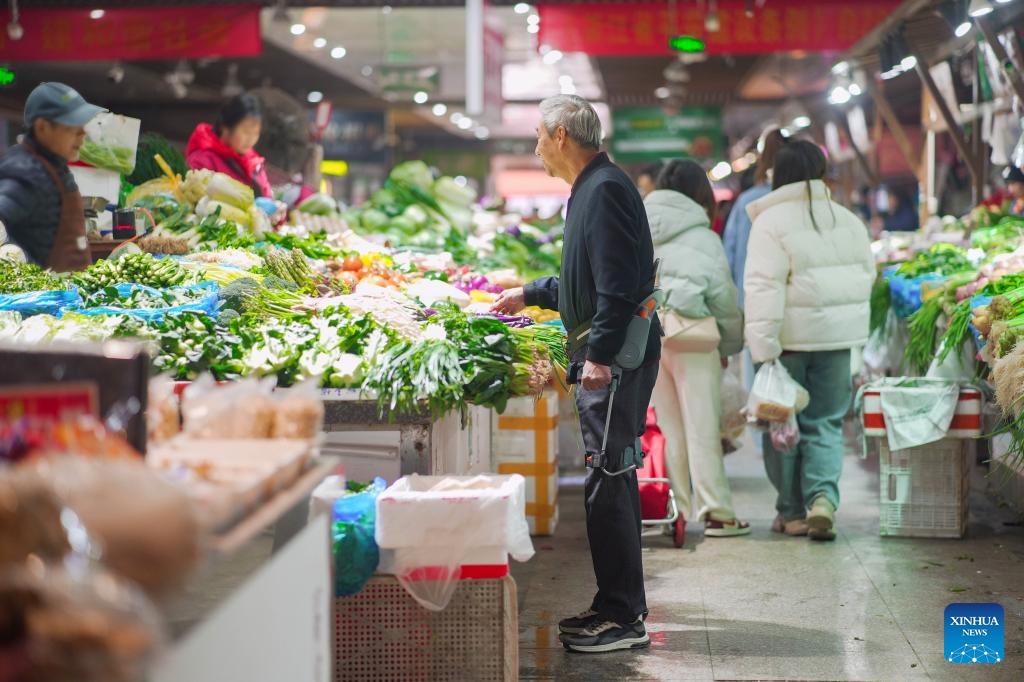Beijing's Central Axis takes center stage with World Heritage bid
Xinhua | Updated: 2023-10-05 13:46

The Altar of the God of Agriculture stands near Beijing's Central Axis as a testament to China's rich farming culture.
At a small farm field in this temple, emperors once attended solemn rituals to offer sacrifices to the God of Agriculture, and pray for favorable weather, bountiful harvests and prosperity for all.
Today, this sacred space has transformed into a hub of enlightenment, where throngs of eager students immerse themselves in China's agricultural heritage.
Public activities, such as spring planting and autumn harvests, have been regularly held in the temple since 2018. And after two centuries of seclusion, the Divine Granary Complex, which was used for storing grain harvested from the ceremonial field, has also been renovated and opened to the public.
"In the future, we will use modern exhibition methods to systematically explain the historical changes and cultural connotations of the Divine Granary Complex, making this time-honored compound more accessible," Beijing Ancient Architecture Museum staffer Zhang Min says.
Beijing has served as the Chinese capital for 870 years of its three-millennium history, and consequently became a treasure trove of cultural heritage. The Central Axis is the best-preserved core area of its historical downtown. It extends 7.8 kilometers from the Yongding Gate in the south to the drum and bell towers in the north. Most of the essential buildings from ancient times stand along the axis.
In 2011, Beijing launched a campaign to have its Central Axis inscribed on the UNESCO World Heritage List.
























